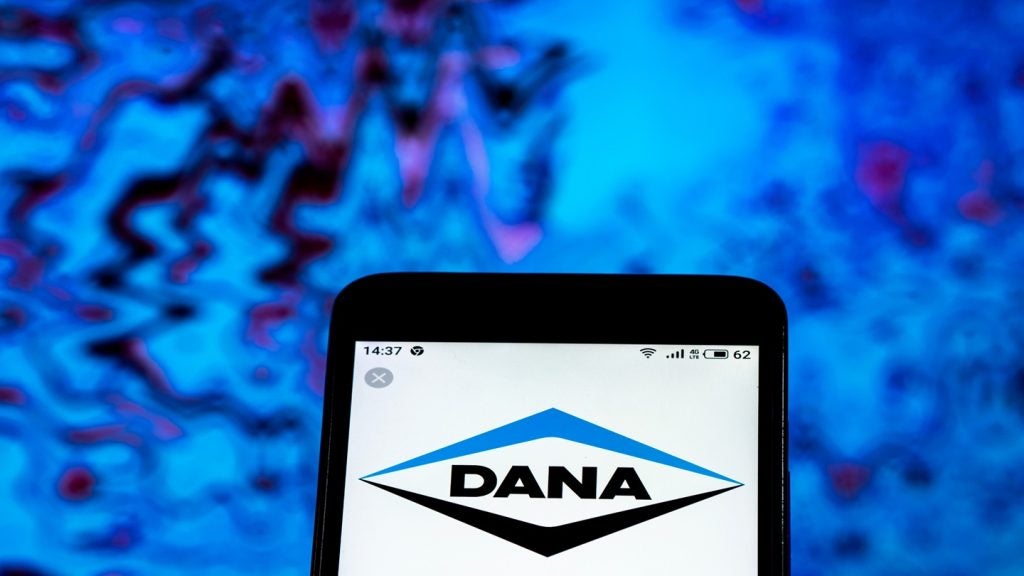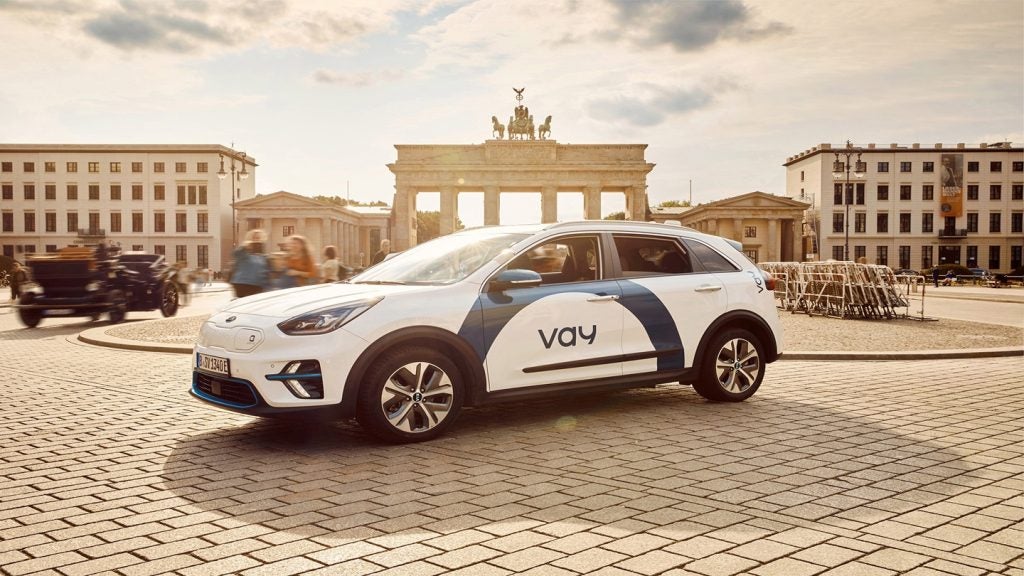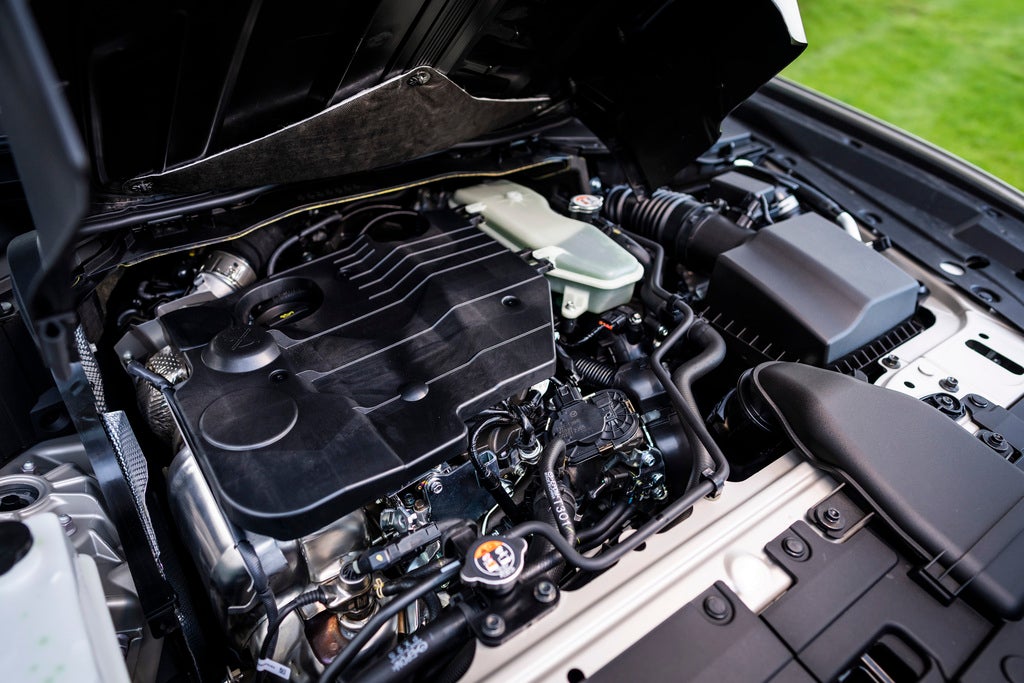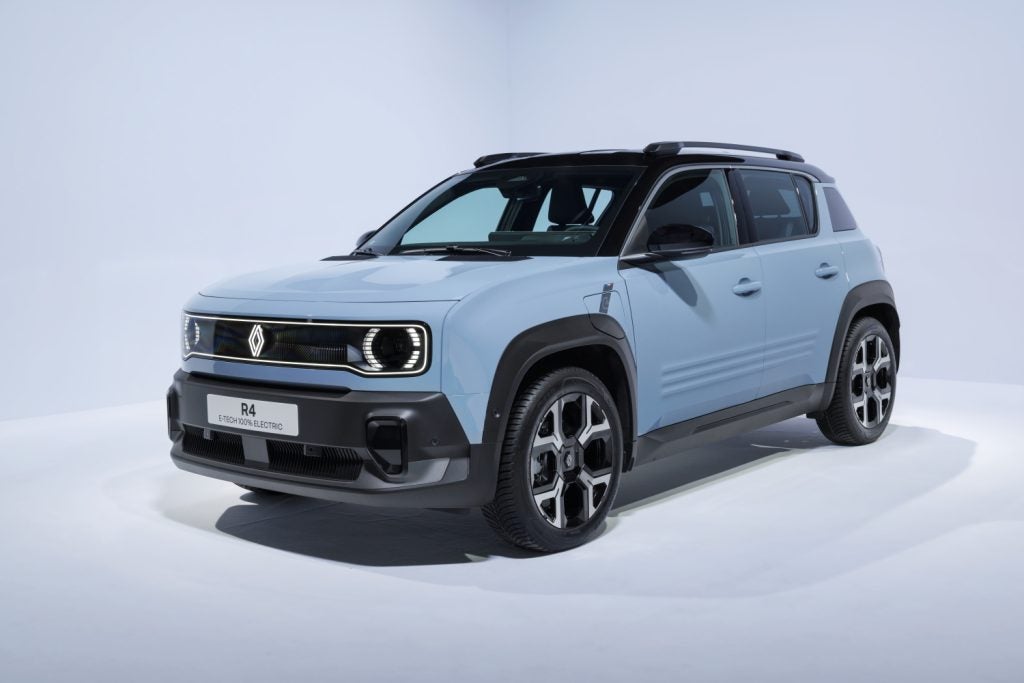A new bus developed for airport shuttle and mass transit use has been unveiled at the FutureTruck 2002 competition at California Speedway in Fontana, California.
Called the “FASTM Bus,” the prototype was built by Ford and four leading suppliers only 90 days after the first meeting was held to conceive and design it.
Advanced hybrid-electric technology is claimed to power the FASTM bus efficiently and with minimal emissions.
A generator driven by a Ford 4.2-litre engine running on propane (LPG) charges a pack of 28 lead-acid batteries with electricity to power the bus.
The hybrid system captures energy normally wasted during idle, eliminates particulate emissions, uses regenerative braking to capture energy during braking to charge the batteries and allows operation with the engine off (zero emission mode) in environmentally sensitive areas.
How well do you really know your competitors?
Access the most comprehensive Company Profiles on the market, powered by GlobalData. Save hours of research. Gain competitive edge.

Thank you!
Your download email will arrive shortly
Not ready to buy yet? Download a free sample
We are confident about the unique quality of our Company Profiles. However, we want you to make the most beneficial decision for your business, so we offer a free sample that you can download by submitting the below form
By GlobalDataThe chairman of TransTeq Denver, Dr. Richard McDermott, developed the concept for the new energy-efficient, hybrid-electric bus.
The goal was to design and build from scratch a completely new hybrid vehicle capable of running in a zero emissions mode.
The hybrid system is based upon technology currently used on the world#;s largest fleet of heavy-duty hybrid buses, which traverse Denver#;s downtown transit mall and serve 60,000 passengers daily.
The primary use of the FASTM bus is as an airport shuttle transporting 15 passengers and their luggage to and from rental car agencies and hotels.
Such shuttle vehicles are currently a source of pollution at airports as they sit idling, waiting for passengers – often in enclosed, or partially enclosed, areas.
“The FASTM bus is built on a Ford E450 chassis and we adapted a relatively small V6 engine to use cleaner-burning propane,” says Ford Power Products director Paul Moore.
“The result is a hybrid-electric vehicle that can help reduce emissions in city centres and metro areas.”
“Many of our airport customers have asked for clean, reliable, efficient transportation solutions,” says Omer Kropf, president of StarTrans Bus, the company that will market the vehicle.
“There is tremendous need for this vehicle because nobody wants to breathe exhaust fumes while waiting to be picked up at the airport.”
As part of the conversion to a hybrid vehicle, the entire driveline was modified to eliminate the transmission and replace standard components with an advanced axle and technology to maximise axle efficiency and performance.
The axle is powered from the rear by the electric drive motor, allowing the LPG fuel tanks to be located forward of the axle between the chassis rails, enhancing safety and system packaging while delivering power in the most efficient manner.
The hybrid system allows the LPG V6 to replace the standard V10 petrol engine, reducing emissions and fuel consumption. A specially designed body and interior complete the modification.
Recent news reports regarding next generation vehicles have touted the upgrade from 12-volt to 42-volt systems to meet increasing power demands and raise electric efficiency but Ford says the FASTM bus is “miles ahead of the competition with its electrical system delivering 370 volts (VDC) for maximum bus performance.”
Prospective markets for the bus also include mass transit, “pickup on demand” services, transportation for senior citizens and other uses requiring medium-duty vehicles.
Companies involved in designing and building the FASTM bus (and from whose initial letters it gets its name) include: Ford (engine, fueling system, and E450 chassis), AAM (driveline modifications), Supreme Industries (body and interior), TransTeq (hybrid technology and programme management and Magtec (electric drive motors and controllers).







